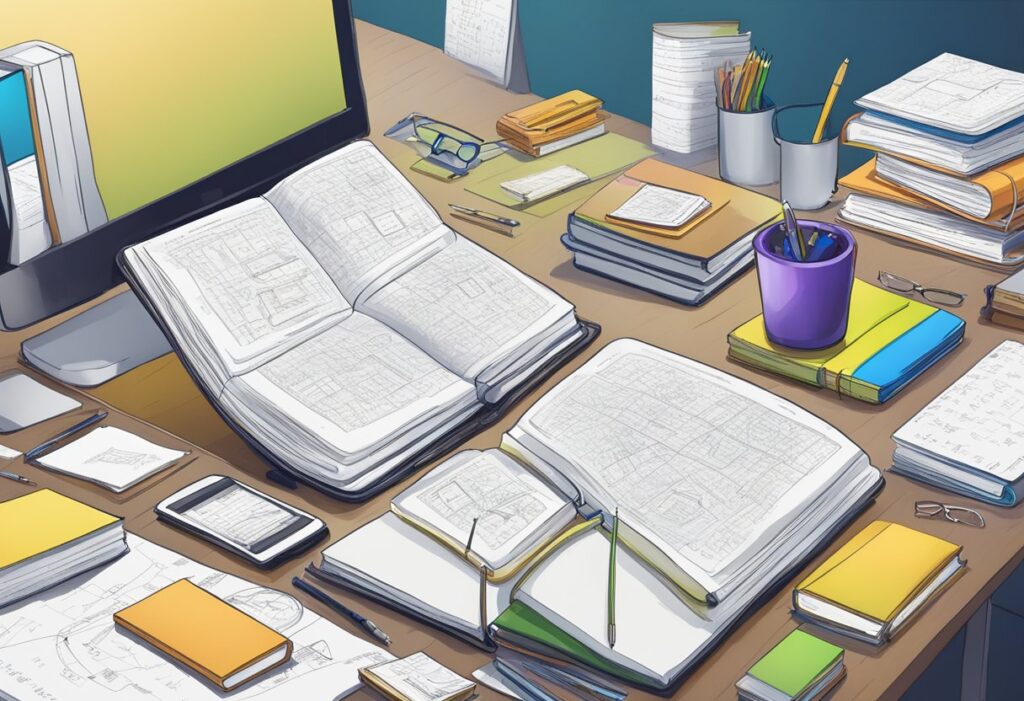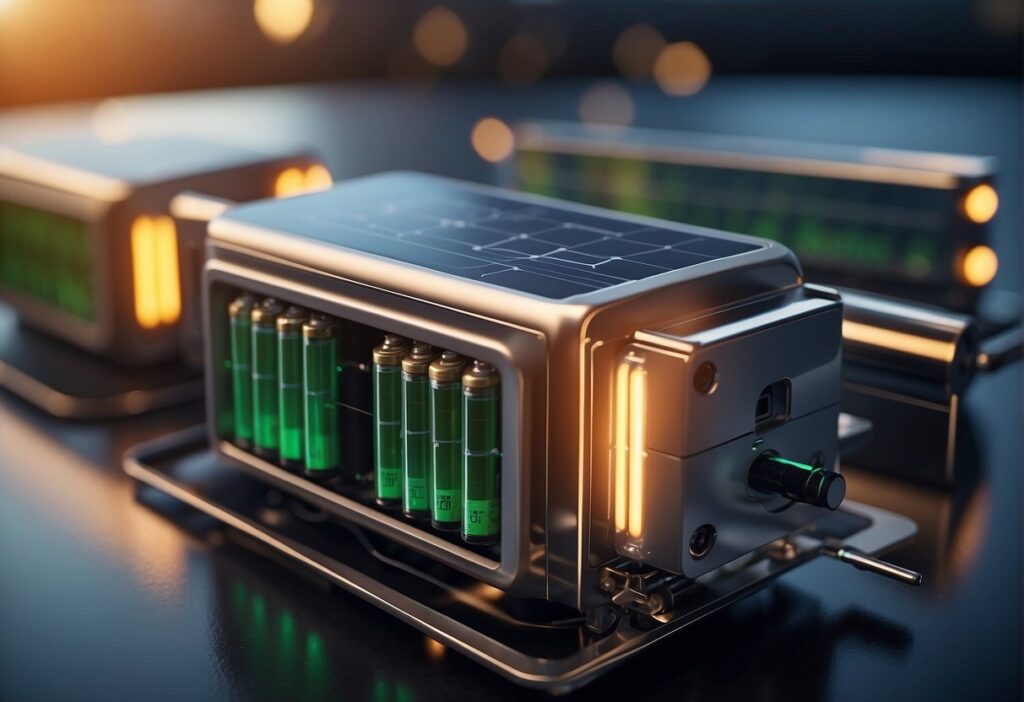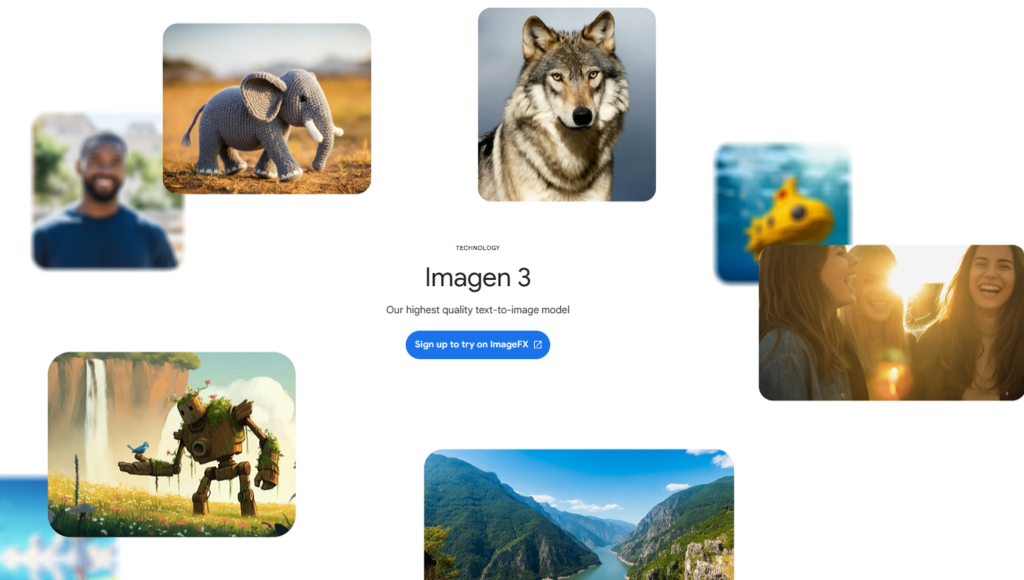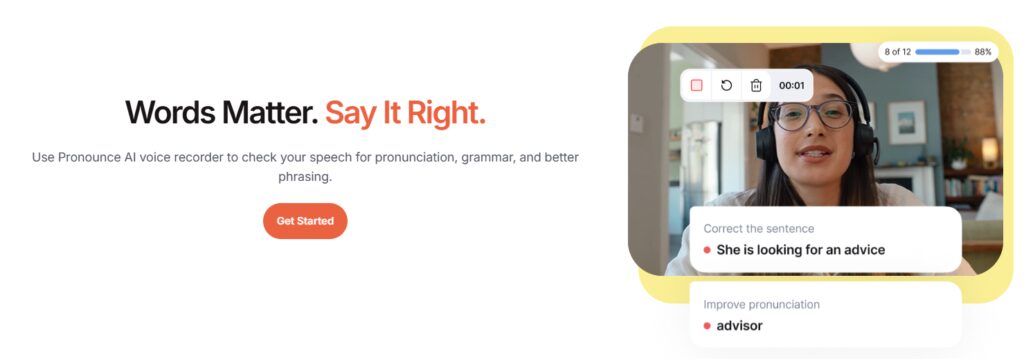
Tesla’s Strategic Advantage: Scale and Brand Power
Tesla’s strategy is deeply intertwined with its existing customer base and brand loyalty. By using the vehicles already on the road, Tesla aims to rapidly scale its robotaxi fleet without the need to build new vehicles from scratch. This approach leverages the vast number of Teslas equipped with Autopilot hardware, which can be activated for autonomous driving through over-the-air updates.
This means that as Tesla’s Full Self-Driving (FSD) software improves, the company can immediately deploy these updates to its entire fleet, making it possible to activate a robotaxi network almost overnight. This capability could provide Tesla with a significant first-mover advantage in the robotaxi market, especially in regions where regulators are more permissive.
Moreover, Tesla’s brand is synonymous with innovation and cutting-edge technology. This strong brand identity not only attracts early adopters but also instills a level of trust and excitement that competitors might struggle to match. Tesla owners are often enthusiasts who believe in the brand’s mission, which could make them more likely to opt into Tesla’s robotaxi service when it becomes available.
What Exactly Are Robotaxis?
Robotaxis are self-driving vehicles designed to operate as taxis without a human driver. Equipped with advanced artificial intelligence (AI), sensors, and cameras, these vehicles can navigate complex urban environments, avoiding obstacles and following traffic rules. The goal is to provide a reliable and cost-effective alternative to traditional taxis and ride-sharing services.
How Do Robotaxis Work?
The technology behind robotaxis is a combination of machine learning, computer vision, and sensor fusion. These vehicles use a network of sensors, including LIDAR, radar, and cameras, to create a detailed map of their surroundings. This data is then processed by AI algorithms, allowing the vehicle to make real-time decisions on navigation, speed, and safety.
Benefits of Robotaxis
One of the most significant advantages of robotaxis is their potential to reduce traffic accidents. Since they are designed to follow traffic laws and avoid human errors, they could make our roads safer. Additionally, robotaxis are expected to lower transportation costs, as they eliminate the need for a human driver. This could make transportation more affordable for everyone.
Zoox’s Disruptive Design: Innovation from the Ground Up
Zoox, in contrast, is taking a disruptive approach by building a robotaxi from the ground up. Unlike Tesla, which retrofits existing vehicles with autonomous capabilities, Zoox has designed its vehicle specifically for autonomy. This approach allows Zoox to innovate in areas where Tesla’s design might be limited by its focus on traditional vehicle architecture.
For example, Zoox’s robotaxi is bidirectional and symmetric, meaning it can travel forwards and backwards with equal ease. This design eliminates the need for complex U-turns and could enhance the vehicle’s ability to navigate tight urban environments. The absence of a steering wheel or driver’s seat allows for a completely reimagined interior that prioritizes passenger comfort, offering a spacious cabin that could redefine the in-car experience.
This purpose-built design gives Zoox an edge in terms of safety, as every aspect of the vehicle is optimized for autonomous operation. Zoox’s emphasis on creating a vehicle that excels in dense, urban environments could position it as the preferred option in cities where traffic congestion and parking are significant issues.
Technological Challenges: The Quest for Full Autonomy
Despite their different approaches, both Tesla and Zoox face similar technological challenges on the road to full autonomy. Achieving Level 5 autonomy, where the vehicle can operate without any human intervention under all conditions, remains the holy grail of autonomous driving. However, current technology is still largely confined to Level 2 or 3, where human oversight is required.
Tesla’s approach relies heavily on a combination of cameras, radar, and ultrasonic sensors. Musk has famously been skeptical of LIDAR (Light Detection and Ranging) technology, which many other companies, including Zoox, use for its ability to create precise 3D maps of the environment. Tesla instead focuses on neural networks and AI to interpret data from its sensor suite, allowing the system to “learn” and improve as it collects more data.
Zoox, on the other hand, uses a more traditional sensor suite that includes LIDAR alongside cameras and radar. This method provides a more robust understanding of the vehicle’s surroundings, particularly in complex urban environments where precision is critical. However, the reliance on LIDAR could potentially make Zoox’s vehicles more expensive, a factor that might affect scalability.
Market Dynamics: Cost, Adoption, and Competition
The cost of deployment is another crucial factor in the robotaxi race. Tesla’s approach, which integrates autonomous capabilities into existing vehicles, could potentially lower costs and make the service more accessible to a broader audience. Tesla’s business model envisions owners allowing their cars to be used as robotaxis when not in use, creating a new revenue stream for consumers and the company alike.
Zoox’s model, while innovative, might face higher initial costs due to the custom-built nature of its vehicles. However, if Zoox can demonstrate superior performance and a more enjoyable passenger experience, it could justify a premium price point, attracting a different segment of the market that values comfort and safety over cost.
Moreover, both companies are entering a market that is rapidly evolving. Competitors like Waymo, Cruise, and Uber are also making strides in autonomous vehicle technology. Waymo, backed by Google’s parent company Alphabet, has already launched a limited robotaxi service in Phoenix, Arizona, providing real-world data and customer feedback that could prove invaluable.
Tesla and Zoox must navigate this competitive landscape while also addressing public concerns about safety, privacy, and job displacement. The success of their robotaxi plans will depend not only on technological advancements but also on their ability to build trust with consumers and regulators alike.
The Long-Term Vision: A Shift in Mobility
Looking further into the future, the success of Tesla and Zoox could lead to a paradigm shift in how people think about transportation. If robotaxis become widespread, the need for personal car ownership could diminish, especially in urban areas where parking is scarce and public transportation is readily available. This shift could reduce traffic congestion, lower greenhouse gas emissions, and change the very fabric of cities.
For Tesla, the robotaxi network could serve as a significant revenue stream, complementing its existing business of selling electric vehicles and energy products. Zoox, supported by Amazon, could integrate its robotaxis into a broader ecosystem of urban logistics and delivery services, potentially reshaping how goods and people move within cities.
Conclusion: The Future Is Autonomous
As Tesla and Zoox continue to refine their robotaxi technologies, the world watches with bated breath. The competition between these two titans is not just about who can deploy robotaxis first but who can create a sustainable, scalable, and safe autonomous transportation network. While their paths differ, both companies share a common goal: to transform the way we move.
The next few years will be critical as Tesla and Zoox overcome technical hurdles, gain regulatory approval, and strive to win the hearts and minds of consumers. The outcome of this battle will not only determine the future of these companies but also set the course for the entire autonomous vehicle industry. The race is on, and the finish line is closer than ever.
advanced AI AI AI Advancements AI Algorithms AI applications AI breakthroughs AI development AI Ethics AI in business AI in healthcare AI Innovation AI innovations AI Integration AI models AI performance AI Research AI revolution AI security AI Technology AI Tools AI Trends artificial intelligence Business Intelligence computer vision creative AI cybersecurity Data Analysis Data Analytics Data Science deep learning digital transformation Edge AI edge computing Ethical AI future of AI Innovation Machine Learning Natural Language Processing Neural Networks Predictive Analytics Quantum Computing responsible AI robotics Smart Technology tech innovation
Discover the latest developments in autonomous vehicles and what the future holds for urban mobility.
Resources
- Tesla’s Autonomous Vehicle Strategy
- Zoox and Its Innovative Approach
- Regulatory Challenges in Autonomous Driving
- Artificial Intelligence and Data in Autonomous Vehicles
- The Broader Impact of Robotaxis on Urban Mobility





